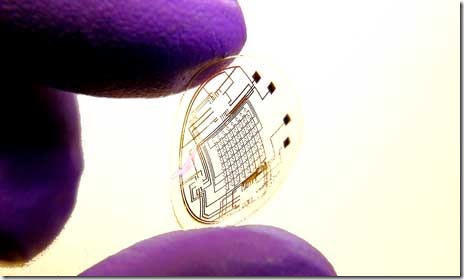

If your child wears eyeglasses for sports - even if they have impact-resistant polycarbonate lenses - you still must worry about the frames breaking during contact sports, possibly causing an eye injury. Contact Lenses For Sportsįor children who are active in sports, contact lenses offer a number of advantages over glasses. Plus, younger children sometimes follow instructions about contact lens wear better than teenagers and young adults, so they may have fewer problems with over-wearing their contacts or not using the correct contact lens solutions. Kids also are less likely to have dry eyes - a condition that can cause contact lens-related problems for adults. They typically are highly motivated to wear contacts and usually adapt well

But if they handle such duties well, they might be excellent candidates for contacts.Ĭhildren are naturally great contact lens wearers if they accept the responsibility for them. If children need frequent reminders to keep things clean and follow good hygiene practices, they may not be ready for the responsibility of wearing and caring for contact lenses. Does he have good personal grooming habits, keep his bedroom and bathroom clean, and follow through with schoolwork and household chores?

If you are considering contact lenses for your child, take a look at how your child handles other responsibilities. Even some infants are fitted with contact lenses due to congenital cataracts or other eye conditions present at birth.Īnd in a recent study that involved fitting nearsighted children of ages 8-11 with one-day disposable daily contact lenses, 90 percent of the kids had no trouble applying or removing the contacts without assistance from their parents. Physically, a child's eyes can tolerate contact lenses at a very young age. At What Age Can Children Start Wearing Contacts?įour million American children under the age of 18 wear contact lenses. But a child's maturity and ability to handle contact lenses responsibly is more important than age alone. To learn more about your contact lens options, call Valley Eye Professionals or book an appointment online.Parents frequently ask eye doctors this question when kids first express an interest in wearing contacts.

Your optometrist can help you determine which type is best for your vision needs. Monovision contacts are an alternative to bifocal contact lenses and may be a better option for some people. One side corrects your near vision and the other corrects your distance vision. With monovision, you wear contact lenses with two different prescriptions. Monovision contact lenses can lessen your need for reading glasses, especially if you already wear contact lenses for nearsightedness, farsightedness, or astigmatism. Bifocal contacts are a type of multifocal lens that help with the age-related decline of near vision and other vision issues. Multifocal contact lenses can correct multiple vision problems each lens has different power zones that can correct for nearsightedness and farsightedness, as well as astigmatism. With extended wear and daily wear, a set of contacts usually lasts two weeks to a month before you need to switch to a fresh pair.


 0 kommentar(er)
0 kommentar(er)
